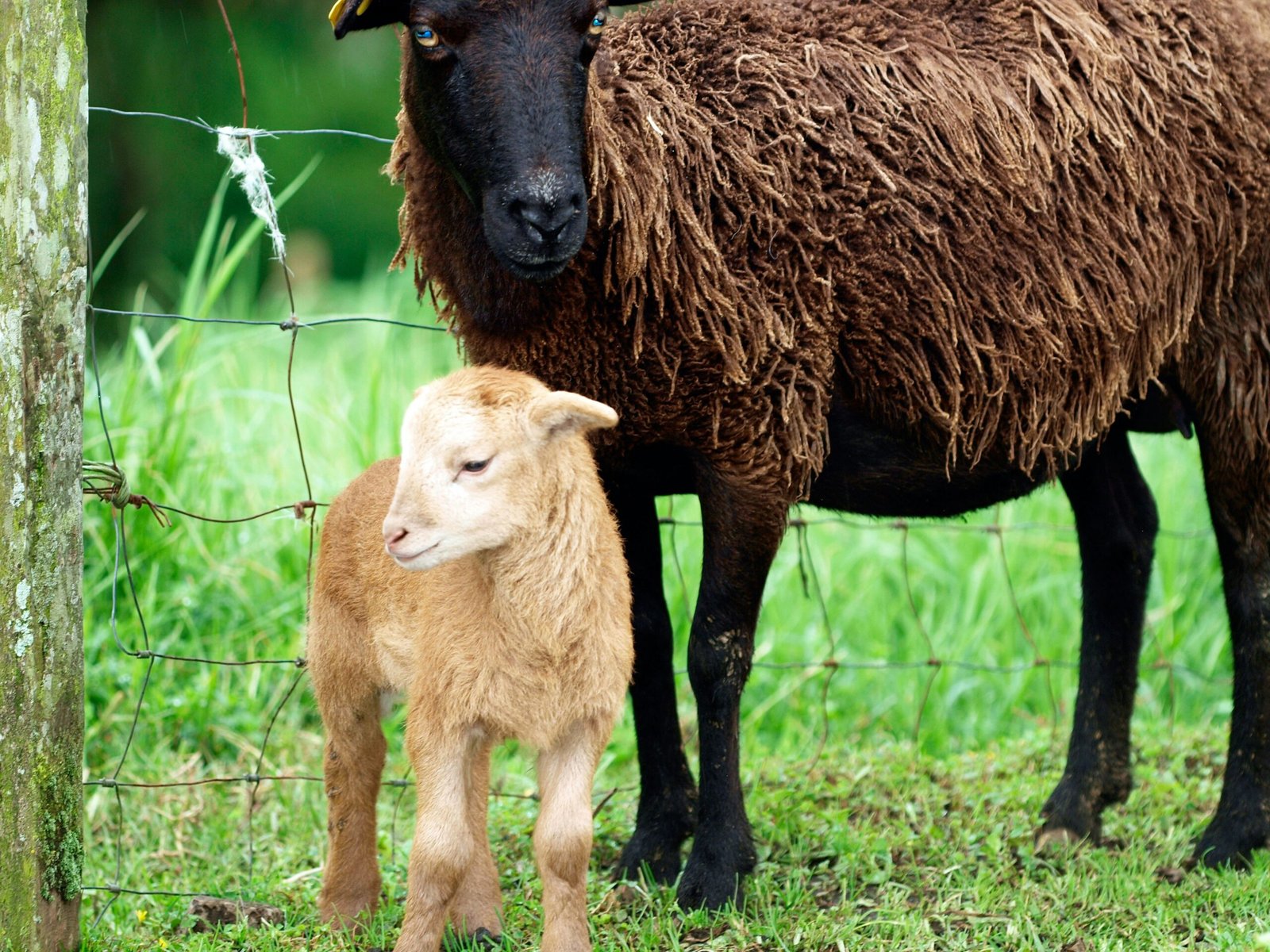

Introduction to Sheep
Sheep are one of the earliest animals to be domesticated for agricultural purposes, providing wool, meat, and milk. Understanding the fundamentals of sheep care and management is essential for anyone interested in raising these versatile animals.
Step 1: Selecting the Right Breed
The first step in sheep farming is choosing the right breed. Factors to consider include climate adaptability, purpose (wool vs. meat), and local market demand. Popular breeds like Merino, Suffolk, and Dorper each have distinct advantages and disadvantages.
Step 2: Setting Up Housing
Proper housing is crucial for the health and well-being of your sheep. Ensure that the shelter is dry, well-ventilated, and spacious enough to accommodate all animals. Bedding should be clean and regularly replaced to prevent disease.
Step 3: Feeding and Nutrition
Sheep require a balanced diet that includes grass, hay, and supplementary grains. Fresh water should always be available. Consult a veterinarian for advice on specific nutritional needs, especially for pregnant or lactating ewes.
Step 4: Health and Veterinary Care
Regular health checks are essential to prevent and treat common sheep ailments. Vaccinations, deworming, and hoof trimming should be part of your routine care. Establish a relationship with a local veterinarian experienced in sheep health.
Step 5: Breeding and Lambing
Breeding sheep involves careful planning. The gestation period for sheep is around 5 months. Ensure that ewes are in good health before mating and provide extra care during the lambing season. Newborn lambs require special attention to ensure their survival and growth.
Conclusion
Raising sheep can be a rewarding endeavor, but it requires knowledge, dedication, and proper management. By following this step-by-step tutorial, you can ensure the health and productivity of your flock, contributing to a successful sheep farming experience.
RELATED POSTS
View all
